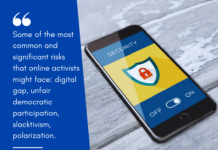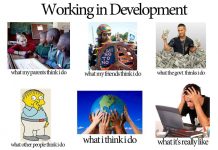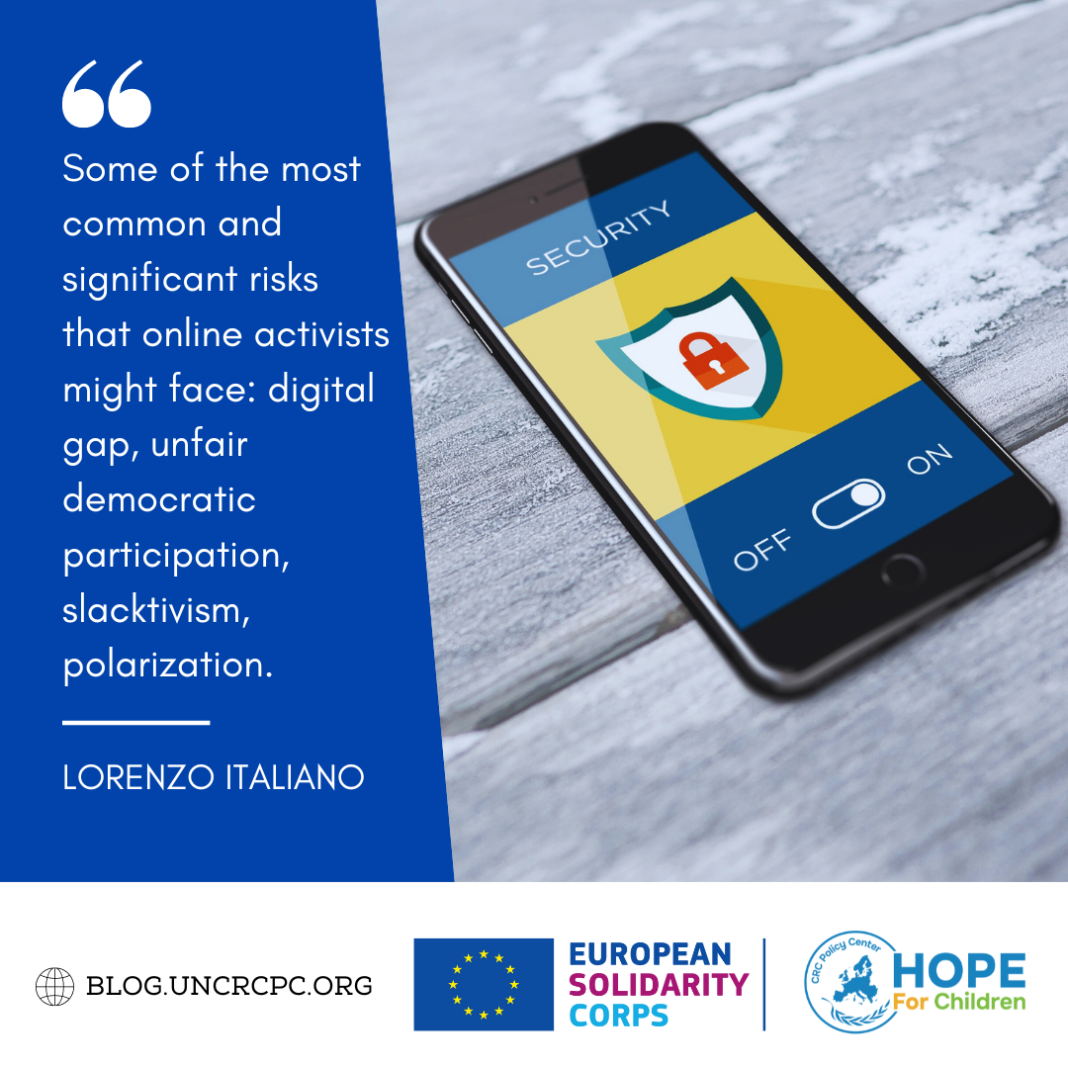By Lorenzo Italiano
Since the beginning of my ESC at “Hope For Children” I have been implementing a project on hate speech alongside one of the project managers. A few months ago we started forming and recruiting young activists who really want to contribute towards helping to erase this phenomenon. We managed to form various groups who have different plans of actions, from going to schools, doing activities at the shelters of the organization, or shooting videos and realizing small online campaigns. So, I started searching online for what academics argue are the most dangerous risks to be aware of while doing online activism.
This article is a brief extract of my research. Below I outline in bullet points the four most significant risks, identified by many academics and authors, that online activists might face or run into while carrying out actions on social media. The topic that really caught my attention is the concept of “slacktivism”.
- Digital gap. Not everyone has the same tools to access online content and the possibility to spread his/her/their own ideas as much as those who can afford to spend a higher capital on social media. The latter refers to the social media sponsoring/ social media campaigns: whoever can afford to spend money, can pay a sponsorship to one of the social media companies, thereby the algorithm will make the content visible to a wider number of users.
- Unfair democratic participation and the instrumentalization of social media for political purposes. Through the sponsorships on social media, and the tech companies’ policies of allowing lots of freedom of expression, political parties and private users that can spend vast resources will have their posts more visible. For example, powerful and wealthy political parties or private users run political/social campaigns aimed at targeting, marginalizing, and discriminating against a specific group of people. But if the targeted group or those who support them do not have the same number of economic resources, their response will be heard/seen by fewer users, and this results in unequal participation in democratic debate.
- Slacktivism. This term is being used to define the sort of lazy activism which does not require political/self-commitment and exposure but rather just the sharing or retweeting posts/hashtags/stories without carrying out a real political/social action. According to Forbes this behavior is empty of real political action and can be harmful both for the cause and the “slacktivist” (Travers 2023). The journalist also argues that “when online activism is practiced without intention or critical awareness, it can promote slacktivism, which is often critiqued for requiring only a minimal display of support for a cause, as well as lacking intention to make efforts to enact meaningful change”. Regarding the psychological repercussions, being frequently engaged in slacktivism can lead to:
- Emotional exhaustion or emotional drain, which results from the fact that this form of activism is seen as just a form of show and appearance rather than real action to bring about change, which can end up disconnecting from one’s real feelings.
- Hypocrisy between the values one espouses and one’s actual actions, which can lead to feelings of guilt.
- The creation of an unrealistic sense of self-fulfillment. Slacktivism just gives the illusion, but, it does not bring about any meaningful change.
- Stress and anxiety, such as trying to curate form/profile on social media without delving into actions, can lead to the need to seek social approval and receive positive interactions before pursuing real change.
- Polarization. The Cambridge dictionary defines polarization as the act of dividing something, people, or opinions, into two completely opposing groups. It is a social multifaced phenomenon that can take two main different forms: ideological and affective. The former is the process which leads to the radicalization of opinions regarding certain, mostly political, and social topics that results in the sharpening of ideas and the ideological distance of the society. While the latter refers specifically to the construction of social identities and to the socio-emotional distance between groups, leading to phenomena as mistrust, growing aversion, hostility towards one another and the paradigm “us versus them”.
Social media and their backbones, algorithms, are greatly facilitating the process, leading to the exacerbation of social tensions, establishing, and fostering a hostile communication ground between the parties, and sometimes even making it very difficult to reach out to the other party and exchange personal and differing opinions, thus eroding the core of democratic values.
The online world is a field which academics, organizations and institutions have started to study only in the last 30 years. Many argue that the information that we receive, the reason behind what we see on our social accounts, and the way post/news are spread is out of the human control, while others state that this kind of power is in the hands of few. I do believe that is good to be aware of the obstacles that we will encounter in the project on hate speech, and there are going to be others risks that we maybe we will not have calculated. But it is better to start mobilizing and doing something, then deciding how to overcome the obstacle, together. We are an international community, and we will support each other and we will find, together, common solutions and way to act, with the purpose to engage more and more people who want to start changing the order of things and doing their little contribution in ending discrimination.














